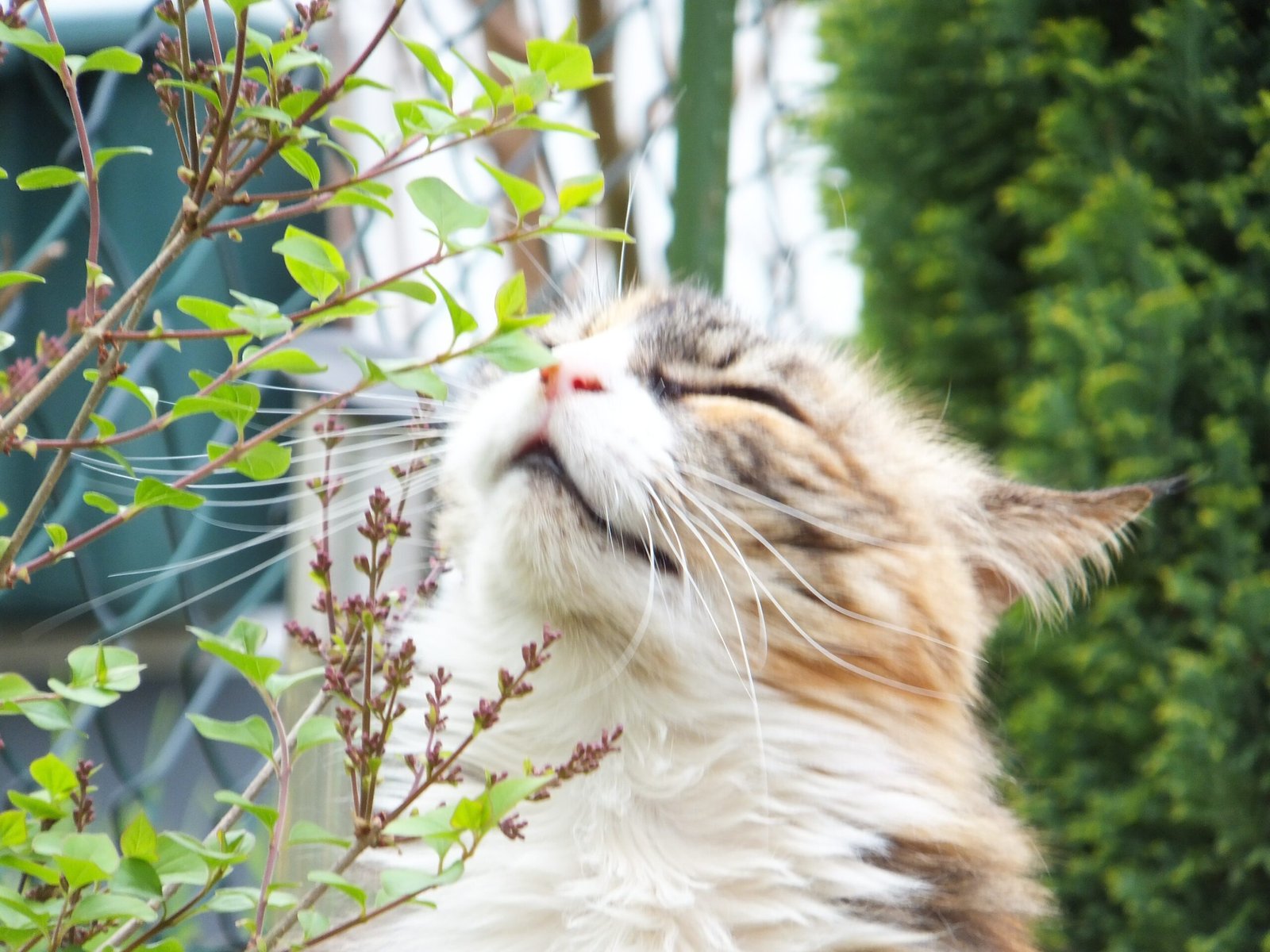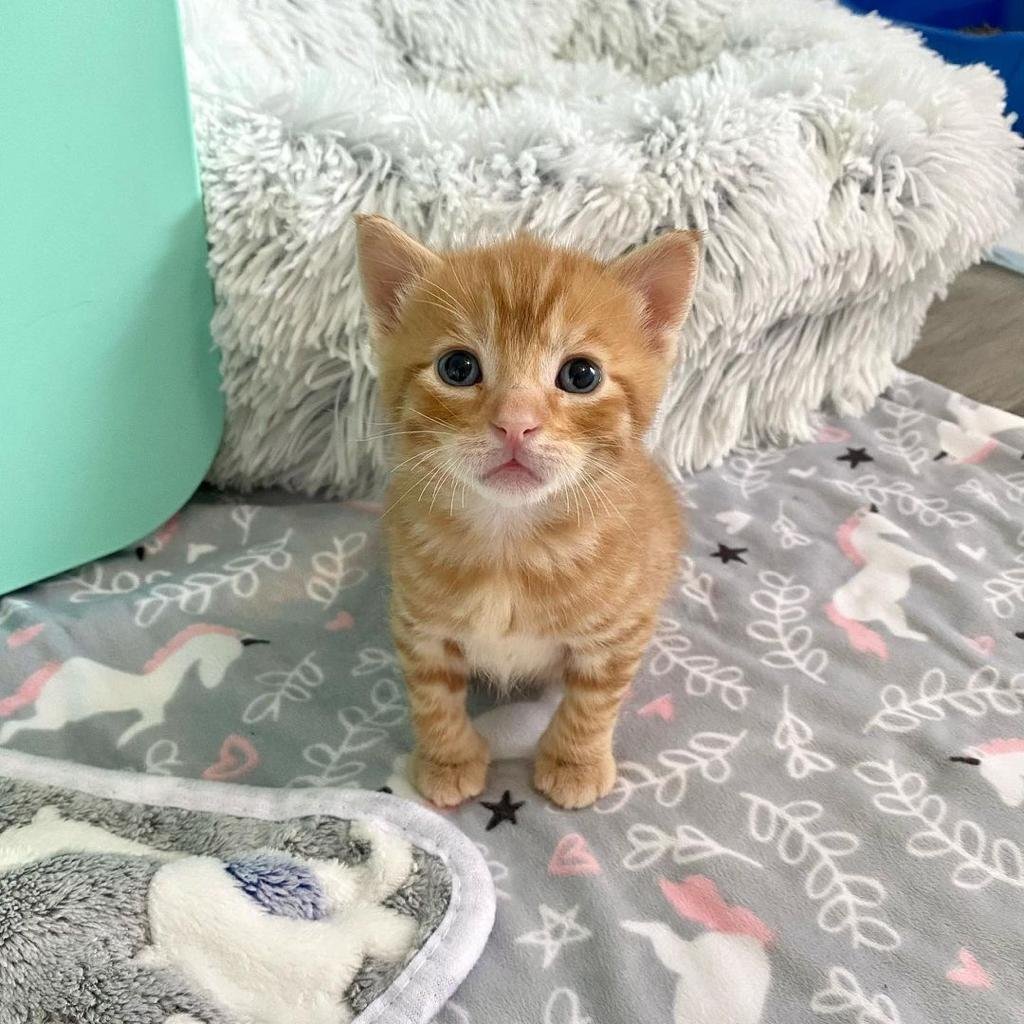Imagine waking up every day to the gentle purr of your cat, who seems to know exactly when breakfast is served, or noticing how she darts to her favorite window spot as soon as the sun hits just right. These little moments can feel almost magical, but are they just quirks, or are they signs that your cat craves routine—and finds a sense of belonging in it? Cat lovers everywhere have wondered if their furry companions feel anchored by daily rituals. The answer may surprise you, and it’s far more touching than you might expect.
Why Routines Matter to Cats

Cats are often thought of as mysterious and independent, but when you peek beneath the surface, you discover a creature who thrives on predictability. Routine helps cats feel safe in their environment, much like a child who finds comfort in bedtime stories or familiar lullabies. When daily events unfold in expected ways, cats can relax, knowing there are no unpleasant surprises lurking around the corner. This predictability reduces stress and allows them to devote their energy to play, exploration, or simply lounging in the sun. Without routine, a cat may become anxious or withdrawn, unsure of what tomorrow will bring. In a world that can sometimes feel overwhelming, routines offer the gentle reassurance that all is well. It’s not just about meal times or play sessions; it’s about feeling at home.
Morning Rituals: The Start of Belonging

If you have a cat, you probably know the unmistakable sound of paws padding across your bed at dawn. For many cats, the morning routine is a sacred ritual that marks the beginning of a new day. Whether it’s a gentle nudge to your face or a meow demanding breakfast, these actions are more than just a plea for food—they’re a way for your cat to connect with you. The predictability of sharing those first waking moments can make cats feel included, almost like they’re part of the family team. When you respond in kind, you reinforce their sense of security and belonging. Over time, these morning rituals become a shared language between you and your cat.
Mealtime Consistency: More Than Just Food

Every cat owner knows what happens if dinner is even five minutes late—a chorus of meows, perhaps a paw batting at your leg, maybe even a dramatic flop on the kitchen floor. Cats don’t just crave food; they crave the certainty of mealtime. Regular feeding times become a cornerstone of their day, marking time and creating structure. This consistency reassures them that their needs will be met, helping them feel grounded and cared for. The ritual of preparing food, the familiar sound of the can opening or kibble hitting the bowl, all become signals of safety and love. For many cats, mealtimes are a highlight, not just for the food, but for the feeling of being seen and valued.
The Comfort of Familiar Spaces

Cats are territorial creatures, and their homes are their kingdoms. Within your house, your cat will likely stake out favorite napping spots, lookout perches, and secret hideaways. These familiar spaces help your cat feel anchored and secure. When a cat consistently returns to the same window ledge or cozy basket, it’s more than habit—it’s an expression of trust and belonging. Each space holds memories and scents that reassure, reminding your cat that this is a safe place. Even a slight change in furniture arrangement can unsettle some cats, showing just how much they rely on stable environments to feel at home.
Playtime Patterns: Building Trust and Connection

Cats may seem aloof, but they cherish regular playtime with their humans. Whether it’s chasing a feather wand or pouncing on a crinkly ball, these routines are essential for both physical exercise and emotional connection. Play sessions provide an outlet for natural hunting instincts and help burn off nervous energy. More importantly, scheduled playtimes act as a daily check-in, reinforcing the bond between cat and owner. Cats come to anticipate these moments, often waiting by their favorite toy at the appointed hour. Through play, cats not only release tension but also reaffirm their place in the family circle.
Litter Box Habits: The Silent Routine

As unglamorous as it may be, the litter box is a crucial part of a cat’s routine. Cats are famously clean creatures, and they appreciate a predictable spot to do their business. The comfort of knowing exactly where to go, and that the area will be clean, is deeply reassuring. Changes in litter box location or cleanliness can cause stress, leading to accidents or even health issues. By maintaining a consistent litter box routine, you offer your cat a sense of control and belonging in its environment. It’s a quiet form of care that speaks volumes to your cat’s need for stability.
Greeting Rituals: Daily Displays of Affection

One of the most heartwarming moments for any cat owner is coming home to a kitty waiting by the door or greeting you with a chirp. These rituals aren’t just cute—they’re a clear sign that your cat anticipates and values your return. By participating in these greeting routines, your cat is telling you that you matter and that you’re a central part of their world. Over time, these daily reunions deepen the bond between you and your cat, reinforcing their sense of belonging in the family unit. Missing a greeting can leave a cat feeling unsettled, showing just how much these moments mean.
Bedtime Snuggles: Ending the Day Together

As the day winds down, many cats develop their own bedtime routines. Some curl up at the foot of the bed, while others nestle beside your pillow or find a cozy spot nearby. Sharing the quiet of the evening with your cat isn’t just comforting for you—it’s deeply satisfying for them as well. These nightly rituals create a peaceful transition from the busyness of the day to the calm of night. For a cat, settling in with you signifies trust and contentment, reinforcing their sense of belonging as the house grows quiet. Bedtime snuggles become a nightly pledge of companionship.
The Role of Scent in Routine

To a cat, scent is everything. They use their sense of smell to mark territory, identify friends, and keep track of their environment. Routine helps maintain these scent markers, which in turn provide comfort and assurance. When a cat rubs against furniture or even your legs, it’s not just seeking attention—it’s weaving a tapestry of familiar smells that mark the space as their own. Regular cleaning or introducing new scents can disrupt this delicate balance, sometimes leaving a cat feeling adrift. By understanding and respecting your cat’s scent rituals, you help nurture their sense of home.
Responding to Change: How Routines Cushion Stress

Life isn’t always predictable—moving homes, new family members, or changes in work schedules can throw everyone off, cats included. When upheaval strikes, a familiar routine can act as a lifeline for your cat. Keeping mealtimes, play sessions, and snuggle times consistent during periods of change gives your cat something to rely on. Even small consistencies—a favorite toy, a familiar blanket—can help cushion the blow of new experiences. This stability reassures your cat that, while some things may change, the core of their world remains safe and predictable.
Signs Your Cat Feels at Home

You might wonder how to tell if your cat truly feels a sense of belonging. Look for relaxed body language—soft eyes, slow blinks, and a loose, swaying tail. Cats who feel at home often engage in grooming, stretching out in vulnerable positions, or even ‘talking’ to you with gentle meows. They’ll explore their environment confidently, returning to favorite spots again and again. A cat that seeks out your company or brings you ‘gifts’ (even if it’s just a toy) is expressing comfort and connection. These signs all point to a cat who feels secure in their routine and their home.
The Impact of Disrupted Routines

When routines are disrupted—say, you go on vacation or change your work schedule—cats can react strongly. Some may hide, others might vocalize more, and a few could even refuse to eat. These behaviors aren’t just stubbornness; they’re signs of stress and confusion. Just like people who struggle with sudden changes, cats need time and gentle reassurances to adjust. Returning to familiar routines as quickly as possible helps them settle back in, reminding them that their place in the household is unchanged. Patience and empathy go a long way during these transitions.
Multi-Cat Households: Shared and Individual Routines

If you have more than one cat, you’ll notice that each has their own unique routine, but they also develop shared rituals. Maybe they nap together at certain times or line up for treats in a particular order. These group routines help establish harmony and reduce friction between feline housemates. Still, it’s important to respect each cat’s individual needs—some may prefer solitude at certain times, while others thrive on company. By observing and supporting both shared and personal routines, you help every cat in your home feel like they truly belong.
Age and Routine: Kittens Versus Seniors

Routines look different at every stage of a cat’s life. Kittens need frequent meals, playtime, and reassurance as they learn about the world. Establishing routines early helps young cats develop confidence and trust. Senior cats, on the other hand, may require more rest and predictable care. Changes in routine can be especially tough on older cats, who rely heavily on familiar patterns for comfort. Adjusting routines gently as your cat ages ensures they always feel safe and cared for, no matter what stage of life they’re in.
The Human Factor: How Owners Influence Cat Routines

Believe it or not, your actions shape your cat’s routines more than you might think. Cats watch us closely, picking up on our schedules and moods. When you get up, eat, or relax, your cat takes note and often syncs their activities to yours. This mirroring helps them feel in tune with you and strengthens your bond. By being mindful of your own routines, you can create a stable, comforting rhythm that supports your cat’s emotional well-being. Even small gestures, like greeting your cat at the same time each day, can make a world of difference.
Travel and Boarding: Maintaining Routine Away from Home

Leaving home, whether for a day or a week, can be tough on both you and your cat. While travel is often unavoidable, maintaining parts of your cat’s routine can help ease the transition. Bringing along a favorite blanket, toy, or even a piece of your clothing can provide familiar scents that comfort your cat in new surroundings. If you’re boarding your cat, ask caregivers to stick to their usual feeding and play schedules as much as possible. These efforts help your cat feel less like a stranger in a strange land and more like they’re just on a little adventure.
Routine and Rescue Cats: Building Trust from Scratch

For rescue cats, routine is even more vital. Many have experienced upheaval or trauma, and establishing predictable patterns is key to helping them settle in. Simple routines—regular meals, gentle play, and quiet time—show these cats that life can be safe and consistent. Over time, routines help rescue cats build trust, not just in their new home, but in their own ability to navigate the world. Each small victory—a relaxed nap, a playful pounce—signals a growing sense of belonging.
Medical Routines: Health and Peace of Mind

From medication schedules to regular grooming, medical routines offer more than just physical care—they also provide emotional reassurance. Cats quickly learn to anticipate these routines, which can help reduce anxiety during vet visits or treatments. Keeping health-related routines as stress-free and predictable as possible helps your cat stay calm and cooperative. Offering treats or cuddles afterwards can turn even medical routines into moments of trust and bonding. Ultimately, these routines reinforce your role as a caregiver and deepen your cat’s sense of safety.
Rituals for Indoor Versus Outdoor Cats

Indoor and outdoor cats experience routine differently, but both benefit from structure. Indoor cats may rely more heavily on human-driven routines like feeding and playtime, while outdoor cats create their own rhythms based on the environment—patrolling the yard at certain times, for example. Even so, both groups find comfort in the familiar: a regular mealtime, a favorite sleeping spot, or daily check-ins with their humans. No matter where your cat spends their days, routine is the thread that ties their world together.
Creating New Routines: When Life Changes

Big life changes—moving, new jobs, or new family members—can disrupt established routines. Helping your cat adjust means creating new rituals that offer the same comfort and predictability as the old ones. Start by keeping some things the same, like feeding times or favorite toys, and gradually introduce new routines. Be patient as your cat learns to navigate these changes; with time and gentle encouragement, they’ll come to find a sense of belonging in their new normal. Creating routines isn’t just about repetition; it’s about building a life together, one familiar moment at a time.
The Emotional Side of Feline Routine

Underneath all the habits and schedules lies something deeper: emotion. Cats may not express love in the same way humans do, but their attachment to routine is a profound sign of trust and connection. Every time your cat shows up at the door or curls up beside you at bedtime, it’s a silent declaration that they feel safe and at home. These small rituals are the heartbeat of your relationship, pulsing with affection and comfort. In the end, routine isn’t just about predictability—it’s about belonging, for both you and your cat.

Linnea is a born and bred Swede but spends as much time as possible in Cape Town, South Africa. This is mainly due to Cape Town’s extraordinary scenery, wildlife, and atmosphere (in other words, because Cape Town is heaven on earth.) That being said, Sweden’s majestic forests forever hold a special place in her heart. Linnea spends as much time as she can close to the ocean collecting sea shells or in the park admiring puppies.






